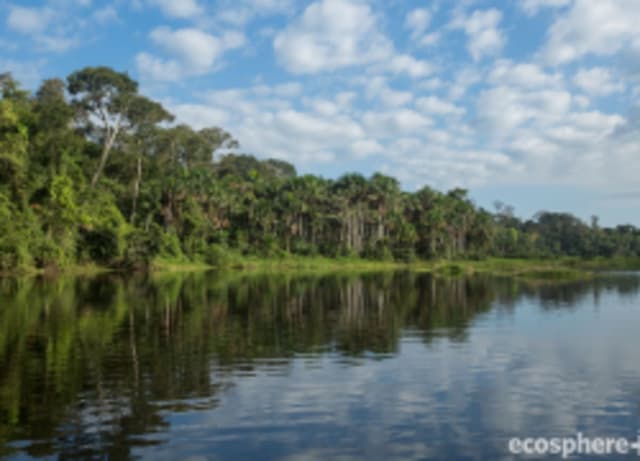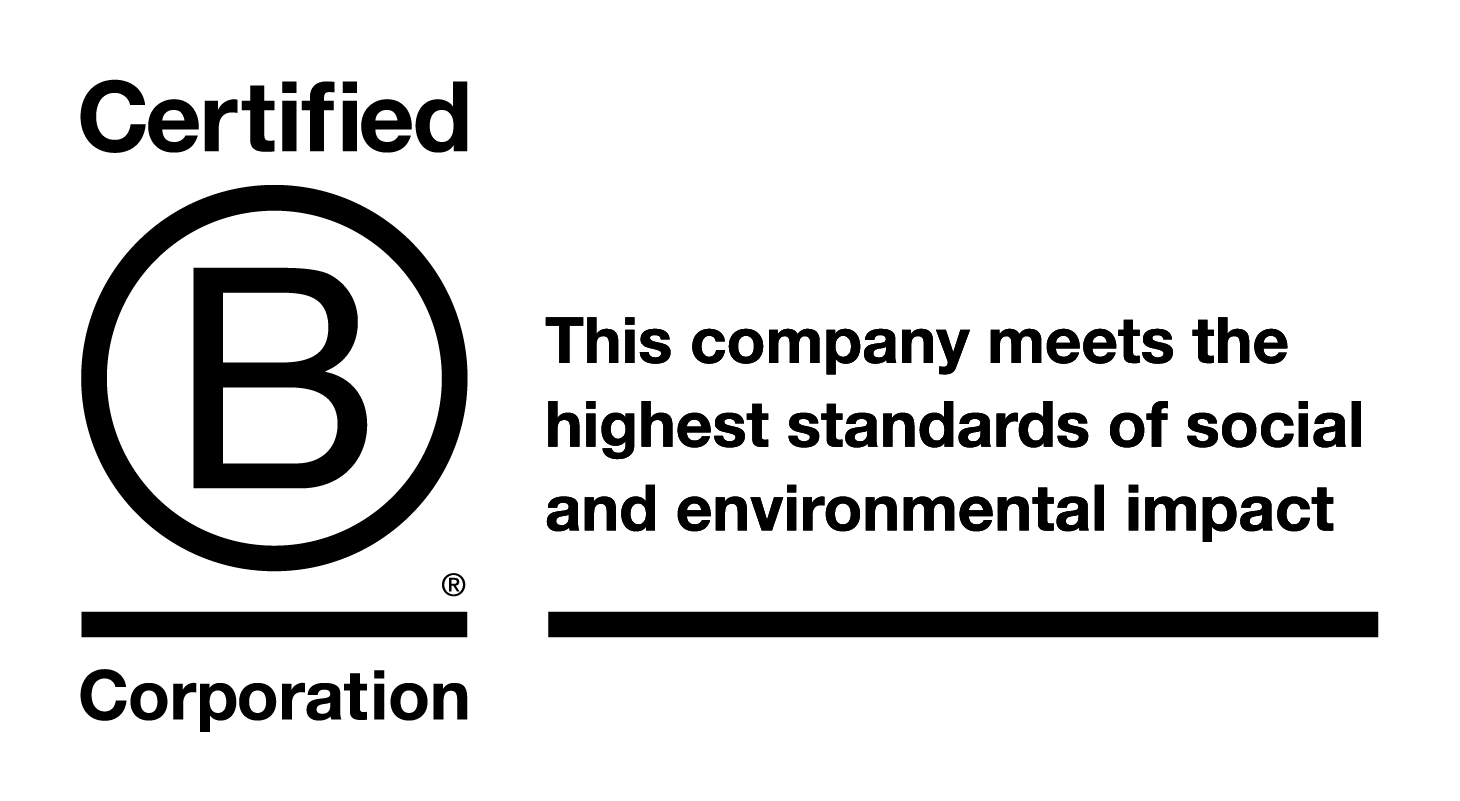Go the extra mile
Towards a cooler planet
Climate change: The untold angles the news fails to cover
27 February 2025
As the world contends with the far-reaching effects of climate change, media coverage often centres on high-profile events, alarming statistics, and stark warnings from scientists. However, many important aspects of this issue remain overlooked. While headlines focus on rising temperatures, melting ice caps, and extreme weather events, a deeper and more complex narrative unfolds beneath the surface. Beyond the mainstream coverage, there are critical but underreported connections between climate and social justice, economic disparity, cultural shifts, and grassroots initiatives. This article explores these perspectives, highlighting the stories that deserve greater attention as we navigate the complexities of this global challenge.
Public understanding of climate-related issues does not always align with how they are portrayed in the media. Traditional news outlets and digital platforms present these topics in different ways, sometimes leading to mixed messages. Sensationalist reporting can overshadow scientific findings, contributing to public confusion.
Political and economic interests further shape the narrative. Research from Pew and NASA highlights a gap between expert knowledge and public awareness. This section examines both historical and recent trends in media coverage, offering a clearer perspective on how climate discussions have evolved.
By analysing data and expert insights, we aim to bridge the divide between perception and reality, providing a more informed foundation for meaningful engagement.
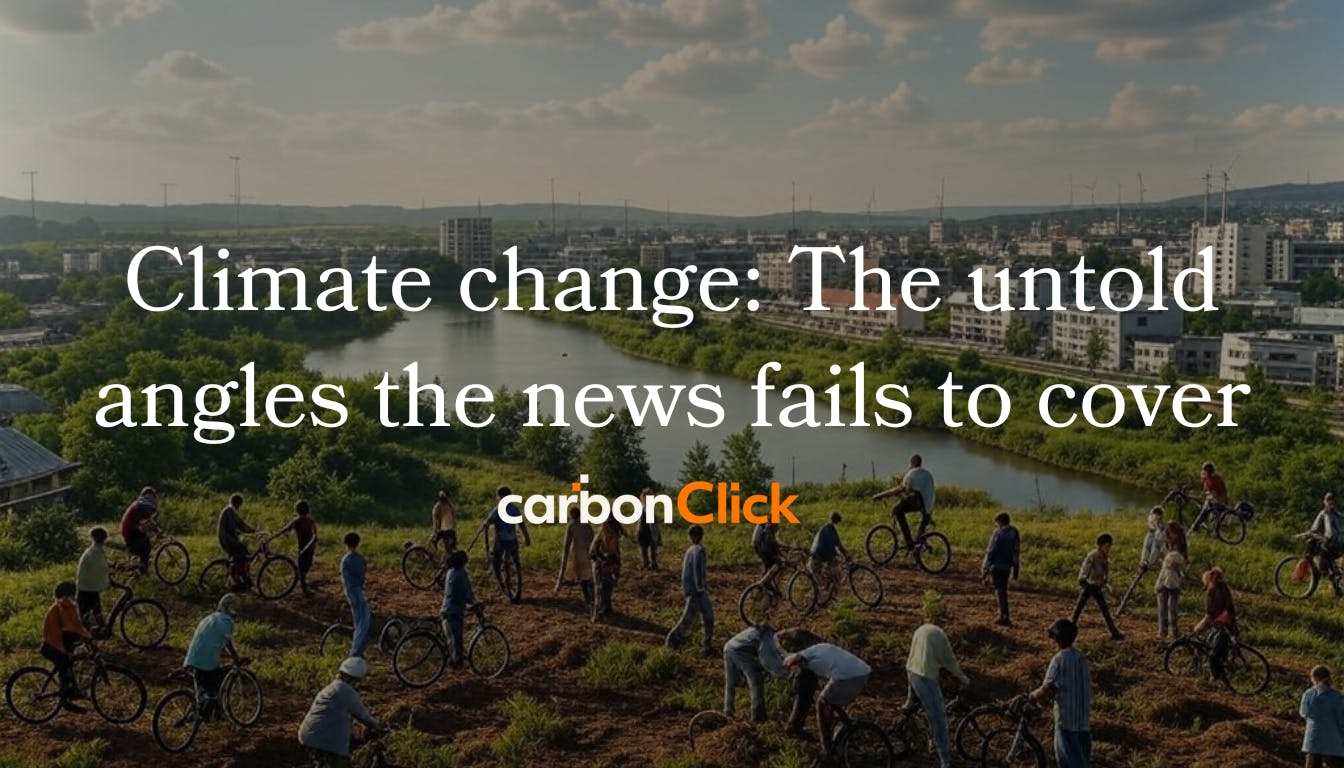
Exploring media narratives: an editorial perspective on climate reporting
Media narratives play a significant role in shaping public perceptions of global environmental changes. To capture attention, news outlets often use dramatic language, which can sometimes overshadow scientific facts. This approach influences public understanding and, in some cases, contributes to scepticism.
Recent studies from Pew Research highlight a disconnect between crisis-driven rhetoric and people’s daily experiences. While extreme weather events dominate headlines, longer-term developments receive far less coverage. This emphasis on immediate threats can affect how audiences interpret the urgency of broader environmental challenges.
The way media frames these issues also influences public and political responses. When coverage highlights practical solutions, it can encourage proactive engagement. However, the frequent focus on dramatic storytelling can shift attention away from constructive discussions.
Over the past year, reporting trends have changed, with some outlets incorporating more in-depth analysis alongside high-profile stories. This shift aims to provide a more comprehensive understanding of environmental challenges and their wider implications.
Accurate and responsible reporting is essential for closing the gap between perception and reality. By prioritising clear, well-researched coverage, the media can empower audiences with the knowledge needed to respond effectively. Ensuring that critical issues receive thoughtful attention is key to fostering informed discussions and meaningful action.
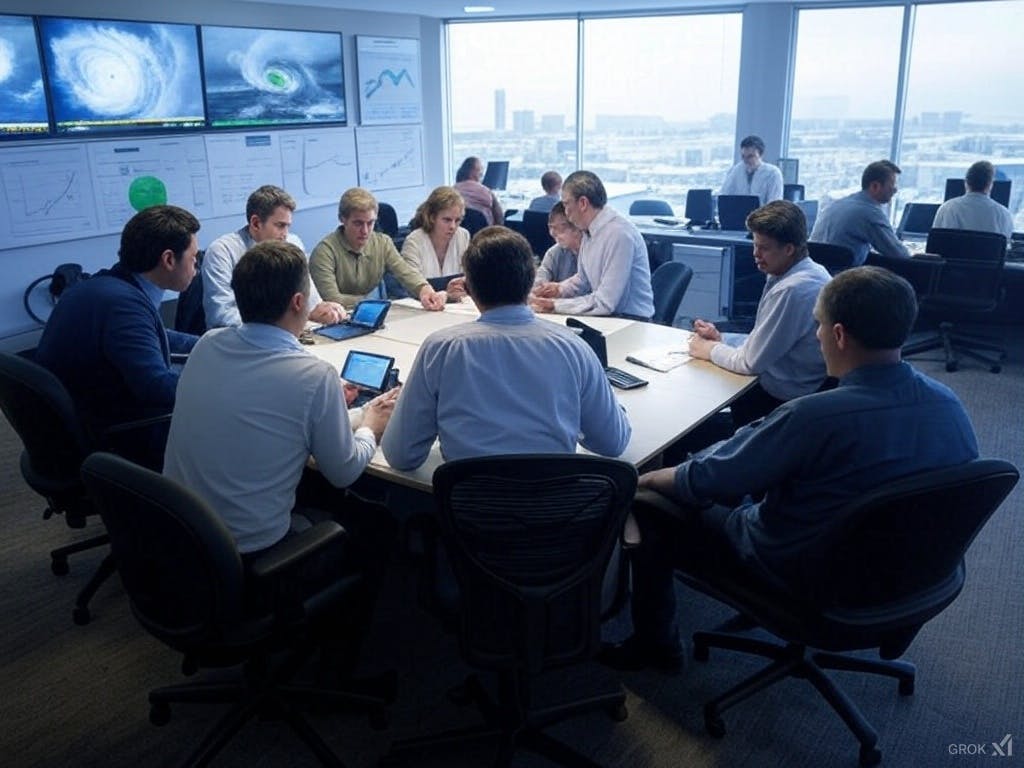
What the news doesn't say about climate change
Critical aspects of global warming are often absent from daily headlines. Many Americans question the immediacy of environmental changes, attributing them to natural cycles rather than human influence. This gap in understanding stems from key details being overlooked in mainstream reporting.
Scientific evidence highlights the interplay between natural cycles and human activities. Time-series data reveals both factors shaping environmental shifts, yet this perspective is rarely conveyed. As a result, public perception does not always align with the scientific reality.
Interviews with U.S. adults reveal scepticism towards media coverage. Many view extreme weather events as natural occurrences, unrelated to global warming. This belief contrasts with scientific findings, widening the disconnect between public awareness and established research.
Accurate reporting is crucial to addressing this gap. Some media outlets misrepresent climate science, either exaggerating urgency or downplaying human contributions. Such mischaracterisations make it more difficult for audiences to grasp the full picture.
Studies highlight the importance of time-series data in understanding long-term trends. Presenting both natural and human-driven influences can help foster a more informed public. Scientific accuracy in reporting is essential for meaningful engagement with these issues.
By addressing these shortcomings, the media can better serve their audiences. Clear, well-researched journalism ensures that critical issues receive the attention they deserve, equipping individuals with the knowledge needed to make informed decisions about environmental challenges.
The role of traditional media vs. new media in climate coverage
The coverage of climate-related topics varies widely between traditional and digital media. Traditional news outlets often adhere to established formats, while online platforms use more dynamic, interactive approaches. These differences shape how audiences engage with and interpret environmental issues.
A major challenge in reporting is the false equivalence given to differing perspectives. Research from UC Merced indicates that non-expert opinions, such as those from oil lobbyists, are often presented alongside scientific findings as if they hold equal weight. This practice weakens the credibility of expert voices and distorts public understanding.
Traditional media sometimes prioritise sensationalism over scientific accuracy. While dramatic headlines attract attention, they can also mislead audiences. In contrast, digital platforms increasingly focus on data-driven storytelling, offering a more in-depth exploration of environmental topics.
Blurring the line between well-researched articles and opinion pieces further complicates the issue. Scientists stress the need for precise and factual reporting, yet their insights are often overshadowed by louder, less informed voices. This disparity influences how the public perceives environmental challenges.
These reporting practices have a direct impact on public opinion. When non-experts are given disproportionate prominence, it creates uncertainty and confusion. Addressing this requires a firm commitment to accuracy and responsible reporting across all media platforms.
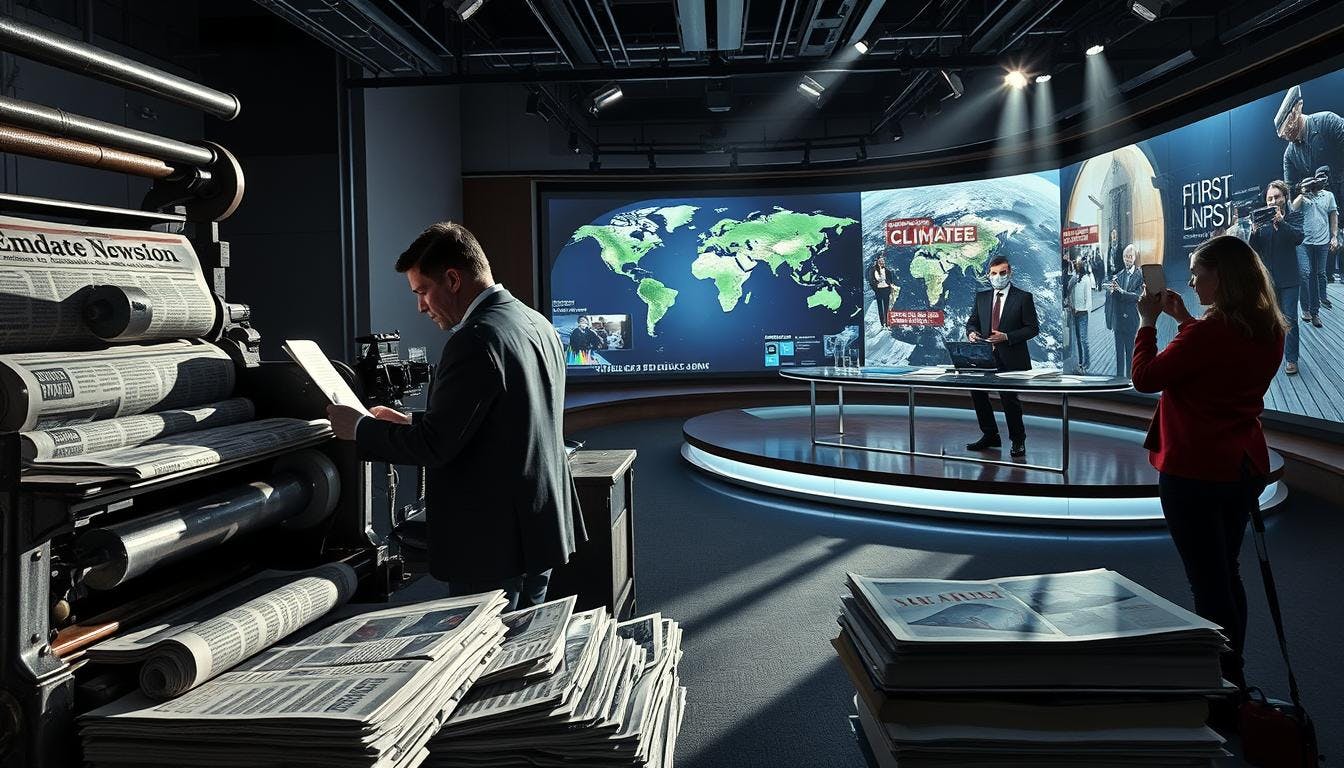

Natural cycles and human impact: Interpreting climate change science
Scientific data highlights key differences between natural climate patterns and human-driven environmental changes. Natural variations, such as shifts in solar radiation and volcanic activity, have always influenced the Earth’s climate. However, human activities, particularly the burning of fossil fuels, have significantly accelerated these changes.
NASA imagery reveals record-breaking temperature trends over the past century. Global temperatures have risen by 1.9°F, with the past decade being the warmest on record. This increase aligns with rising concentrations of greenhouse gases, which trap heat in the atmosphere.
Energy use is a major driver of these changes. Sectors such as transport, industry, and agriculture contribute heavily to emissions. For instance, passenger vehicles release 4.6 metric tonnes of carbon dioxide annually. Unlike natural climate variations, which occur over much longer timescales, human-driven emissions are causing rapid shifts.
Experts stress the importance of distinguishing between natural and human-induced influences. Misconceptions often arise when these factors are conflated, leading to confusion. Clear, well-communicated information helps the public grasp the urgency of addressing environmental challenges.
Presenting accurate data is essential for shaping effective responses. When policymakers and individuals have access to reliable information, they can make informed decisions. A thorough understanding of both natural and human-driven factors in climate studies leads to better policies and greater public awareness.
Challenges of false equivalence in climate reporting
The misrepresentation of differing viewpoints in media reporting creates confusion about critical environmental facts. This occurs when opposing perspectives are presented as equally valid, even when one lacks scientific support. Such coverage distorts public understanding of pressing global issues.
Fossil fuel lobbyists and contrarian figures often shape these narratives. Their perspectives are sometimes given the same prominence as those of scientific experts, which undermines the credibility of well-researched findings.
Extreme weather events are frequently framed in ways that exaggerate uncertainty. Some media outlets question whether these events are linked to wider global trends, diverting attention from the broader impact of human activity on the planet.
Long-term discussions on environmental change are affected by these reporting practices. When misleading comparisons dominate, the urgency of taking action is diluted, leaving audiences with a distorted view of the challenges ahead.
Recent studies have tracked the digital reach of contrarian voices, showing that their influence in media contributes to public scepticism. This, in turn, hampers informed decision-making by both policymakers and individuals.
A commitment to scientific accuracy is essential for understanding global trends. Highlighting expert consensus helps to reduce confusion and encourage meaningful responses. Clear and responsible reporting ensures that urgent environmental challenges receive the attention they require.


Public scepticism and the urgency gap in climate discussions
Many Americans question the immediacy of environmental changes due to conflicting messages in media coverage. Interviews suggest that scepticism often arises from a gap between urgent warnings and everyday experiences. This disconnect makes it harder for people to recognise the need to take action on climate issues.
Overstated crisis language in reporting can have the opposite effect of what is intended, creating doubt rather than urgency. When headlines exaggerate threats without clear context, audiences may become disengaged from the issue. This weakens efforts to focus on what is most important for the planet’s future.
Pew Research data shows that while 58% of Americans acknowledge human-driven climate change, fewer feel personally affected. This highlights the need for reporting that connects global trends to local realities. Without this link, public trust in both the media and scientific research can erode.
Distorted coverage also influences policy priorities. When media outlets focus on dramatic stories, long-term solutions often receive less attention. This creates a cycle where urgent action is delayed, reinforcing public scepticism. Accurate reporting is crucial in closing this gap.
Carefully framed narratives can help to build trust and encourage meaningful engagement. By presenting information clearly and avoiding exaggeration, the media can help the public understand the underlying causes of climate challenges. This approach ensures that coverage reflects the scale and urgency of the issue without undermining credibility.
Empowering climate action through trusted science
Trusted scientific research is the foundation of effective responses to environmental challenges. Reliable studies ensure that decisions are based on evidence rather than speculation, enabling individuals and policymakers to tackle global issues with confidence.
For example, NASA’s research highlights the urgency of reducing fuel emissions to slow global warming. Studies show that shifting to renewable energy sources can significantly enhance quality of life while reducing environmental impact. These findings reinforce the importance of evidence-based reporting in shaping both public and private sector actions.
Misinformation often distorts discussions around fuel use and energy transitions. Rigorous research helps dispel inaccuracies, providing clear insights into sustainable practices. Expert analysis strengthens confidence in scientific data, supporting informed decision-making.
Reliable studies also outline practical steps for reducing environmental impact without restricting individual choices. By promoting solutions such as energy-efficient technologies, research demonstrates how small adjustments can yield significant results. This ensures that strategies are both effective and accessible.
Scientific accuracy is essential in addressing environmental challenges. By prioritising factual data, individuals and organisations can make informed choices that benefit both people and the natural world. A commitment to accuracy paves the way for meaningful progress in tackling global warming.

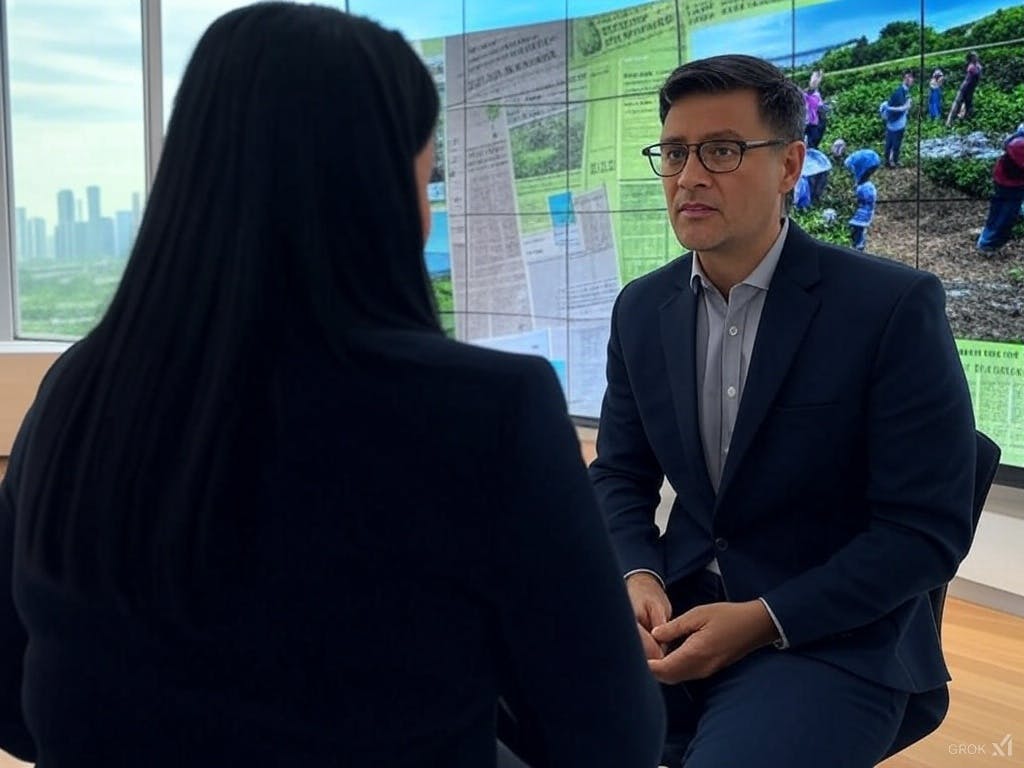
Media strategies for positive climate solutions
Highlighting progress in climate reporting can encourage meaningful engagement. The media plays a crucial role in shaping public perception, and focusing on solutions rather than despair can motivate action. Constructive approaches help bridge the gap between awareness and participation.
One effective strategy is to showcase real-world examples of successful initiatives. Stories about communities adopting renewable energy or reducing waste illustrate tangible progress. These examples provide encouragement and inspire others to take similar steps.
Clear and factual insights from experts also help challenge negative narratives. When scientists explain solutions in accessible terms, they empower audiences with knowledge and confidence to take action. This approach strengthens trust and reinforces the need for urgent responses.
Thoughtful media coverage significantly influences public understanding. By addressing both challenges and solutions, outlets can foster informed discussions. This approach ensures that audiences stay engaged without feeling overwhelmed.
The overall impact of responsible reporting is substantial. When media prioritises solutions, it shifts the narrative from fear to empowerment. This approach not only informs but also inspires individuals and policymakers to act decisively.
News outlets can adopt a structured approach to constructive reporting. Effective strategies include highlighting local successes, using relatable visuals, and collaborating with experts. These practices help ensure that climate coverage remains accurate, engaging, and solutions-focused.
A call for truth and transparency in climate media
Accurate reporting on environmental issues is essential for public trust and informed decision-making. The media must prioritise transparency and factual narratives to maintain credibility and engagement. Moving away from alarmist rhetoric towards well-researched, evidence-based coverage is key to fostering understanding.
Thoughtful discussions, free from sensationalism, are necessary to address the spread of misinformation. Clear and honest communication helps the public comprehend the long-term implications of environmental changes. This approach ensures that important developments remain in focus without overwhelming audiences.
Both media professionals and the public have a role in demanding truthful coverage. By emphasising accuracy and responsibility, we can create a foundation for meaningful engagement. Together, these efforts will strengthen the connection between awareness and action, contributing to a more informed and prepared society.
17 South Street
Auckland 1010
New Zealand
info@carbonclick.com- -
- X
Sign up. Be inspired. Get clicking.
Subscribe now to stay up to date with CarbonClick, carbon offsetting and climate action.
By signing up you agree to our Privacy Policy.

